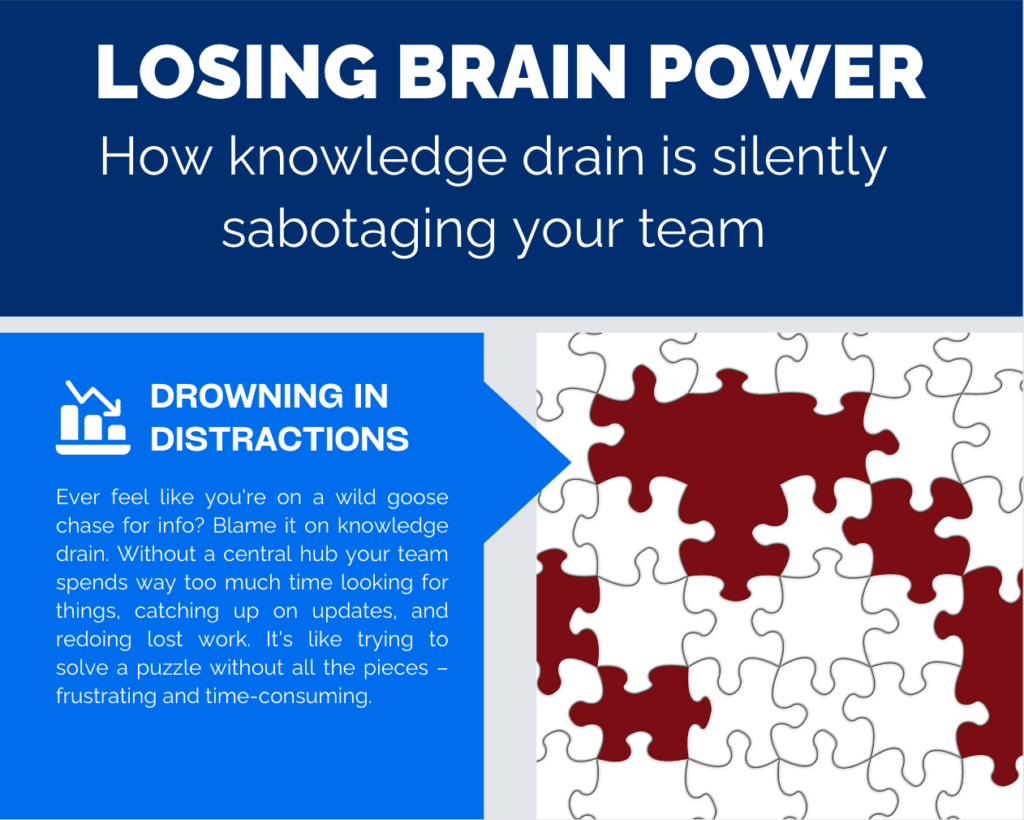Channel 9’s recent Covid-19 vaccine commercial was slammed by viewers and other media professionals due to its lack of diversity. Channel 9 quickly rolled out another version of the ad to rectify the “advertising whitewash” – this time including Gamilaroi journalist Brooke Boney, Syrian-Australian reporter Sarah Abo, and travel guides ‘Kev and Teng’.
Casting – whether it be an ad, a program, a reality show or a stage play – is a delicate art form.
Sure, there are the seemingly obvious things to look out for like making sure a diverse, balanced range of people are cast in terms of ethnicity, gender, age etc. But what else do casting producers have on their checklist? I’ve cast many shows over my two decades in TV land and here are some of my top tips for getting the balance as close to perfect as possible:
1. Understand the brief
I mean, really, understand the brief. What are you casting? What type of show is it? The “what” needs to be completely nailed before you can even begin to answer the “why” or “who” that needs to be cast. Understanding the aim of the production will completely dictate the rest of the casting process for you.
2. Break down the archetypes
Viewers these days are pretty cluey when it comes to the types of people or “archetypes” cast on a show. A lot of people, even though not in the industry, have a fairly good understanding that in most cases there’s the “hero”, the “villain” etc… But good casting really needs to dig down another level (or several) to this. Underneath the overarching “archetype” titles, the people you cast must have a story to tell and one the audience will want to listen to. Look for people with interesting experiences to share, and layers that can be peeled back over a few episodes, not just those who present a good photo on their application. An applicant with a good backstory is not worth much if that story cannot play out on screen. The last thing a producer wants is to have people sitting around telling stories – rather you want their life experience to play out in the way they respond to situations during the course of filming.
3. Chemistry
Once you’ve sorted the individuals, it all comes down to their chemistry. How do these strangers “gel” together? Who doesn’t gel? Chemistry can be both a positive and a negative thing – both equally important for creating that feel-good factor but also the drama and the all-important watch-ability factor of the end product.
4. Diversity v Tokenism
As Channel 9 quickly learned, viewers are (rightfully) demanding diverse casting. And while it may be tempting to tackle this “trend” by selecting an assortment of applicants from different cultural backgrounds, it is important to respect the fine line between responding to requests from Australia’s multicultural audiences to see a representation of themselves on screen and tokenism. In casting your aim is to balance the best people to organically tell a story, while also making all viewers feel included and welcomed. Australia has a rich pool of talent, and by doing your research, you can cast in a way that encourages equality and inclusion, challenges stereotypes, brings new ideas and perspectives to a role, and provides an accurate representation of minority status … with people who are suitable for the role!
5. Be open-minded
My final tip, but certainly not the least, is to go into casting every show with an open mind. While most casting producers have a very strong idea about who they need or who they might want – it’s always good to keep a little room for that surprise – the person who didn’t exactly fit the mould – but that brings that extra “something” to your show.
As an industry professional, what’s one of the best things you have learned over the years when it comes to casting? Alternatively, what part of the casting process do you find most challenging?
Comment below and let us know.



